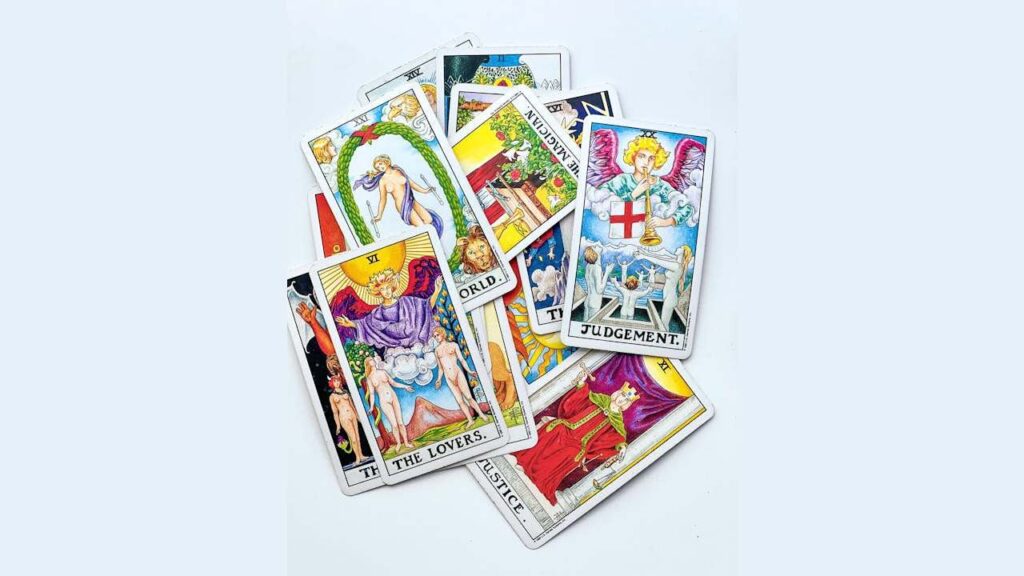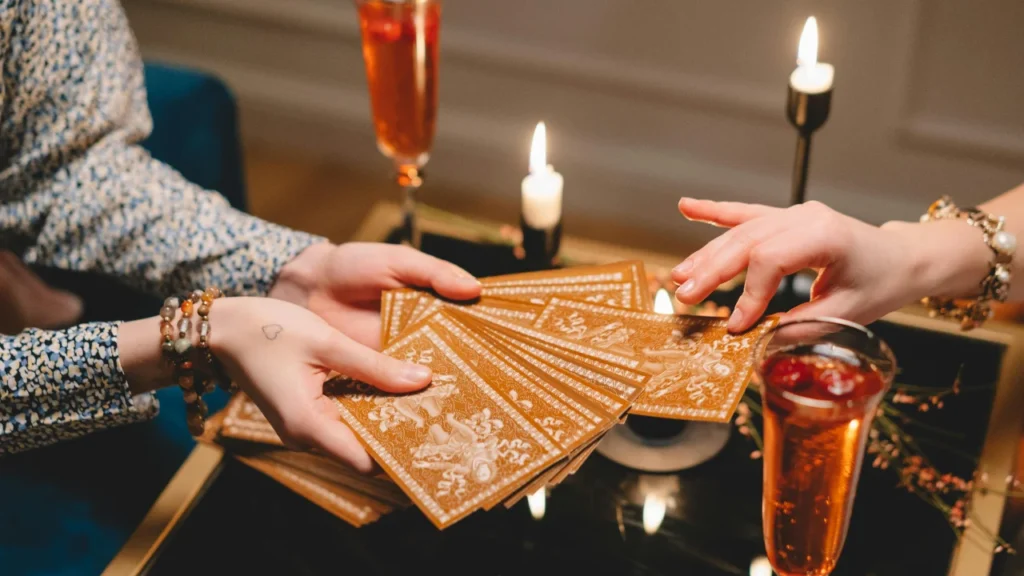Tarot reading is an ancient method in which readers utilize a unique deck of cards to get knowledge regarding their previous lives, present, or future. Each of the cards in the deck has a unique significance and symbolism of its own.
These cards can help people make more sense of their knowledge and decisions by providing direction and clarity about various aspects of life when they are interpreted.
Acquiring the skill of reading tarot cards might be beneficial. It not only enables you to better understand yourself but also to support others on their journeys. It’s also a fantastic method to strengthen your inner connection and intuition.
But before we move further to how to read tarot cards you need to understand their history and some important key points related to tarot
Contents
History of Tarot Cards
The first known records of tarot cards date back to Europe in the fifteenth century. They began as gaming devices and developed into instruments for self-discovery and divination. Tarot reading is becoming a widely accepted profession across the globe, incorporating aspects of spirituality, psychology, and art.

Structure of a Tarot Deck
Both the Major Arcana and the Minor Arcana are the two main groups of a standard tarot deck, that includes 78 cards total. Each part has a unique purpose and function within a reading.
Types of Tarot Decks
Rider-Waite deck is an excellent choice for newbies because of its clear symbolism and detailed graphics and it’s very popular also.
Designed by Lady Frieda Harris and Aleister Crowley, is famous for its complicated designs and mystical interpretation. More experienced readers usually prefer it.
There are a lot of tarot decks to choose from, each with unique meanings and graphics. The Modern Witch Tarot, the Wild Unknown Tarot, and the Tarot de Marseille are some of the famous types.
What are Major Arcana and Minor Arcana
The Major Arcana is a deck made up of 22 cards that symbolize important moments in life as well as spiritual truths. These cards are strong and frequently contain profound, life-changing ideas.
The 56 cards that make up the Minor Arcana are arranged into four suits: Wands, Cups, Swords, and Pentacles. These cards, which are further separated into numbered cards and court cards, depict commonplace occurrences and difficulties.
The Minor Arcana cards explore everyday problems and situations, whereas the Major Arcana cards concentrate on broad subjects and momentous occasions. Both are necessary for an in-depth tarot reading.
Understanding Tarot Spreads
Single Card Spread: For concise, targeted responses, the single card spread is ideal. It’s also a great place to begin studying tarot.
Three-Card Spread: One common and adaptable spread is the three-card spread. It can stand for circumstances, actions, and results in the past, present, and future.
Celtic Cross Spread: The Celtic Cross is a more intricate spread that offers a thorough analysis of a circumstance. It addresses a number of topics, including the crux of the issue, roadblocks, subconscious influences, and possible results.

How to Read Tarot Cards
Here are some steps that you can follow:
- Create a calm, comfortable environment for your reading. Light candles, burn incense or play soft music to set the mood.
- Clearly define the question or issue you seek insight on. Open-ended questions often yield more comprehensive answers than yes/no questions.
- Shuffle the deck while focusing on your question. Draw the necessary number of cards for your chosen spread, laying them out in the spread’s pattern.
How to Interpret Tarot Cards
Upright cards generally represent the direct meanings of the cards. Interpret them based on their symbolism, position in the spread, and intuitive insights.
Reversed cards often indicate blocked energies or the opposite of the upright meaning. They can also highlight areas that need extra attention or personal growth.
Trust your intuition when interpreting the cards. While book meanings provide a foundation, your intuitive insights can offer deeper, more personalized messages.
Common Tarot Reading Mistakes
Avoid jumping to conclusions or forcing a card’s meaning to fit your desired outcome. Take time to understand the card in context.
While it’s helpful to learn traditional meanings, don’t rely solely on them. Your personal connection and intuitive interpretation are equally important.
Ignoring your intuition can lead to less accurate readings. Trust your gut feelings and the impressions that come to you during a reading.
